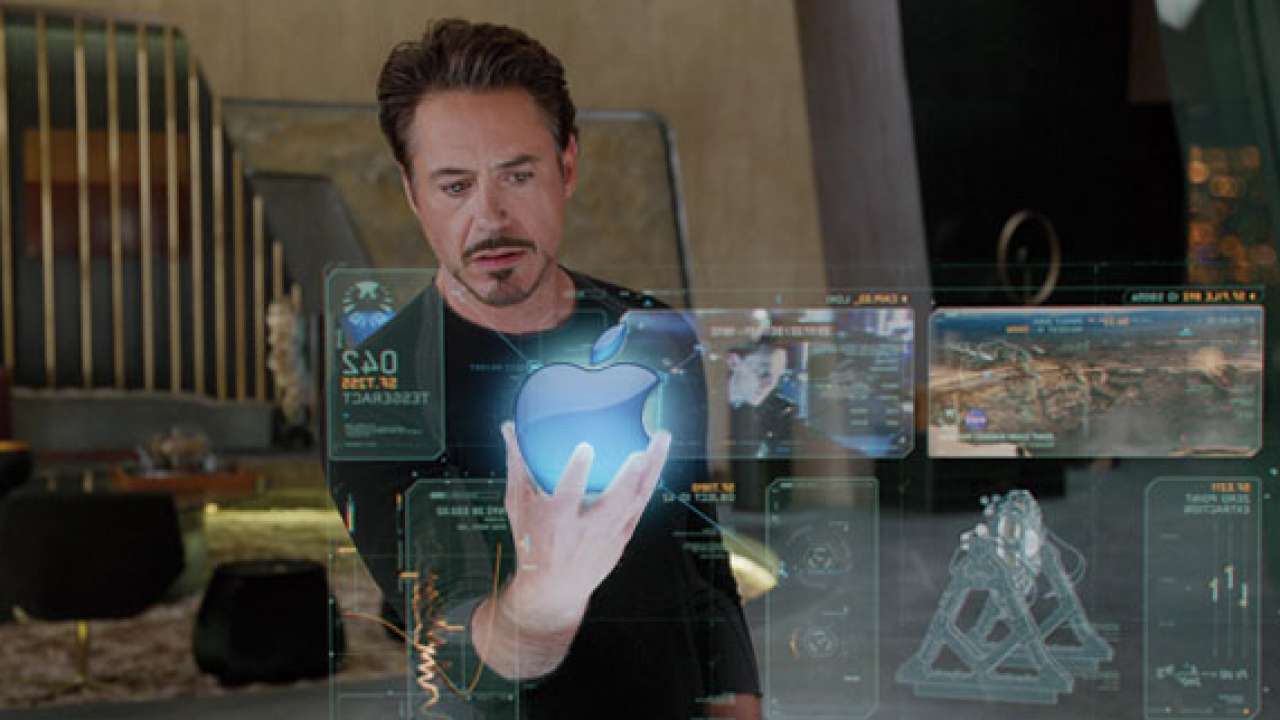New Apple Patents for Hover Sensing & Heart Monitor Make Smartphones Smarter

There’s been lots of news about patents from Apple lately: earlier this month alone, we’ve heard of patents awarded to the iPhone maker revolving around improving the nascent tech behind curved displays, the smart-dock, and facial recognition. Today may mark Christmas Eve, but it’s business as usual when it comes to hearing about new Apple patents, as a post on AppleInsider reports that the company’s been awarded two new patents for “hover touch sensing” and the integration of a heart rate monitor to gadgets.
According to the post, hover sensing can be employed to offer new ways of interfacing with technology. While it’s probably not quite near the level seen in movies like Minority Report or Iron Man, the patent outlines ways that hover-based interfaces can be utilized in conjunction with touch-based ones, to offer even more possibilities for manipulating different actions and apps on smart-devices.
Interestingly, the post points out that the patent describes ways that hover-sensing can be used to actually eliminate a device’s register of an accidental touch, which could improve the accuracy of regular, intentional touches. As the post describes, “much like iOS palm rejection technology, touch signal compensation can intelligently determine a user’s intentions by inferring activity based on signal strength.”
The heart rate monitor, by comparison, seems pretty straightforward. The patent for that bit of innovation involves hiding “sensors embedded into metallic conductive portions of a device housing.” A person touching those sensors will cause the device to measure the subject’s heart rate—but, interestingly, the post says that the tech won’t be used simply to monitor biometric data from the user, but rather to identify the user’s unique “electric signals.” Now that’s interesting.
Is it possible? Perhaps. That kind of identification technology, combined with fingerprint identification (which is already included in the current iteration of iOS 7) and the aforementioned facial recognition, could provide quite the security for people’s devices. And considering how people are predicting Apple to put out its long-discussed iWatch any day now, I can see how heart-monitor tech could be integrated into that device as well.
In short, Apple doesn’t seem content to have the slickest and most stylish gadgets on the market these days. The company’s never-ending stream of interesting and innovative patents show that we’ve got more than a few years of surprises to look forward to.